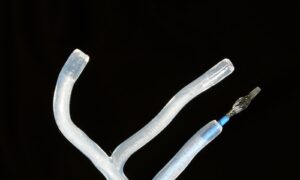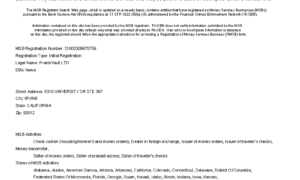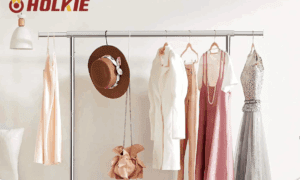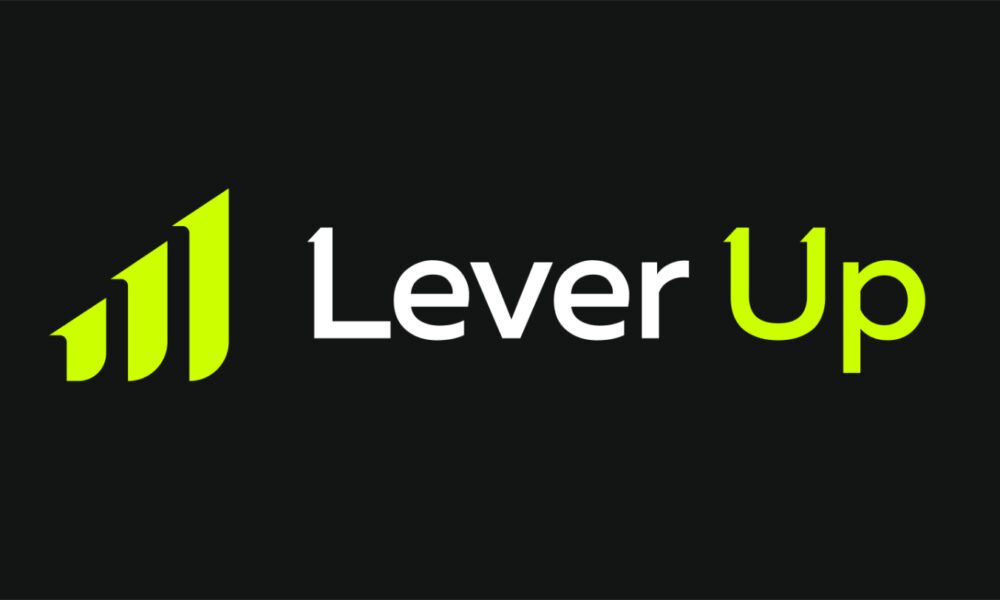When it comes to improving your vehicle’s performance, choosing the right parts is very important. One of the key parts many people forget about is the hose system. Custom AN hoses are a great choice for car owners who want stronger, safer, and better-looking hoses for their vehicles. These hoses are made specially to fit your car and can be used in many areas like the fuel system, brakes, oil lines, and more.
What Are Custom AN Hoses?
Custom AN hoses are flexible pipes used in cars to carry fluids like fuel, oil, coolant, or brake fluid. The “AN” stands for Army-Navy, which is a size standard used in racing and high-performance cars. These hoses are very popular because they can handle high pressure and high temperatures.
Custom AN hoses are made to fit your vehicle perfectly, unlike the common hoses you buy from auto stores. This is why many people prefer them for racing, modified cars, and strong daily drivers.
Why Custom AN Hoses Are Important
When you push your vehicle to go faster or work harder, regular hoses might not be strong enough. They can leak or even burst under high pressure. Custom AN hoses give you better safety, stronger performance, and longer life. They are built to handle tough driving conditions without failing.
Benefits of Using Custom AN Hoses
1. Strong and Durable
Custom AN hoses last much longer than normal rubber hoses. They can resist heat, pressure, and damage.
2. Perfect Fit
You can make custom hoses that are the exact length and shape you need, which means no more forcing a hose to fit.
3. Safer to Use
Custom hoses are much safer because they reduce the chance of leaks and bursts, especially in important systems like brakes and fuel lines.
Understanding AN Hose Sizes and Fittings
AN hoses use a special size system that may sound confusing at first. The sizes are written like this: -4AN, -6AN, -8AN, and so on. Each size means the inside width of the hose.
For example:
- -4AN = 1/4 inch
- -6AN = 3/8 inch
- -8AN = 1/2 inch
It’s very important to choose the right size for your car’s needs. If the hose is too small, it will block the flow. If it’s too big, it may not fit properly.
Types of AN Fittings
AN hoses use special metal connectors called fittings. You can choose straight fittings, 45-degree fittings, or 90-degree fittings based on how your car is built. Always make sure the fittings are high-quality to avoid leaks.
Choosing the Right Hose Material
There are three common types of materials used for custom AN hoses:
1. Rubber Hoses
Rubber hoses are soft and easy to install but are not the best for high pressure or very hot temperatures.
2. Braided Stainless Steel Hoses
These hoses have a layer of stainless steel wrapped around them. They are very strong, can handle heat, and look great under the bonnet.
3. PTFE (Teflon) Hoses
PTFE hoses are the best choice for brake systems because they can handle very high pressure and do not absorb brake fluid. They are also chemical-resistant.
Custom AN Hoses vs. Store-Bought Hoses
Store-bought hoses are usually made in fixed sizes and lengths. They might not fit your car perfectly and can be weak in tough driving situations.
Custom AN hoses give you:
- Exact size for your setup
- Stronger and safer build
- Longer life and better resistance to heat and pressure
If you want the best performance and safety, always go for custom-made hoses.
How to Build Brake Hoses: Step-by-Step Guide
If you’re ready to build your own brake hoses, here are the steps to follow carefully:
1. Tools You Need
- Hose cutter
- Brake hose fittings
- Assembly lubricant
- AN spanner set
- Pressure testing kit
2. Measure the Brake Hose Length
Make sure to measure the distance correctly between the parts you want to connect. Always leave a little extra room to allow for movement.
3. Cut the Hose Properly
Use a sharp cutter to make a clean cut. If the cut is rough, it can cause a leak later.
4. Install the Hose Fittings
Slide the metal collar onto the hose, insert the fitting, and tighten it carefully using the right tools.
5. Pressure Test the Hose
After building the hose, use a pressure test kit to check for leaks. This is very important for your safety.
If you are unsure, you can also ask help from a brake hose builder. They have the tools and experience to make sure everything is done perfectly.
Common Mistakes to Avoid When Building Brake Hoses
- Choosing the wrong hose size
- Cutting the hose unevenly
- Forgetting to pressure test
- Installing fittings the wrong way
- Routing the hose where it can rub and wear out
Take your time and double-check everything to avoid these mistakes.
How to Take Care of Custom AN Hoses and Brake Hoses
- Check the hoses regularly for cracks or signs of wear.
- Clean the hoses to prevent dirt and oil from damaging them.
- Replace the hoses if they feel hard, weak, or look old.
Good care will help your hoses last longer and work safely.
When Should You Replace a Brake Hose?
You should replace your brake hose if:
- You see cracks or leaks.
- Your brake pedal feels soft or spongy.
- You hear noises when pressing the brakes.
- The brake warning light turns on.
Never ignore these signs. A damaged brake hose can cause serious problems while driving.
Custom Clutch Lines: Why They Matter
A custom clutch line is another great upgrade. It gives you a better feeling when you press the clutch and can handle high pressure. Just like brake hoses, clutch lines can also be made from custom AN hoses for better performance.
Should You Build Hoses Yourself or Get Professional Help?
If you know what you’re doing, building your own brake or clutch hoses can save money. But if you’re not sure about measurements, fittings, or pressure testing, it’s safer to ask a brake hose builder to make them for you.
Professionals can make hoses that fit perfectly, work safely, and last longer.
Conclusion
Choosing the right hoses for your car is an important step in improving performance and safety. Custom AN hoses are much better than regular hoses because they can handle high pressure, heat, and tough driving. Whether you want to build your own brake hoses or hire a brake hose builder, always make sure you use the right size, good materials, and high-quality fittings.
Good hoses can make your driving smoother, safer, and more reliable. Take your time, do it right, and enjoy the benefits on the road.





























